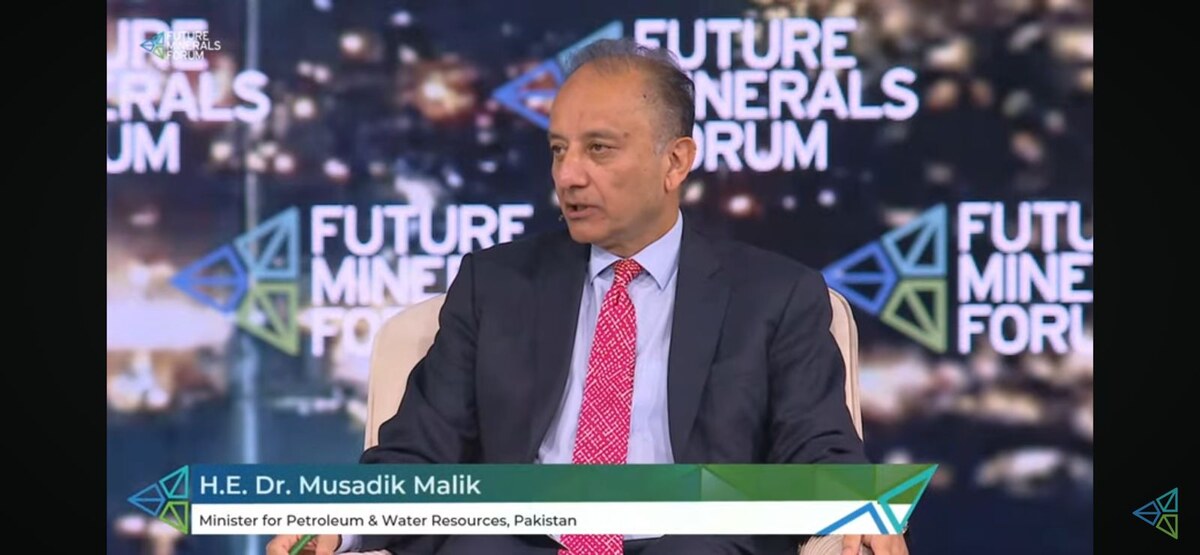RIYADH: Saudi Arabia plans to allocate half of its government spending in the transport and logistics sector to rail infrastructure, with a primary focus on bolstering the minerals and industrial sectors, according to Saleh Al-Jasser, the Kingdom’s minister of transport and logistics services.
Speaking at the Future Minerals Forum in Riyadh, Al-Jasser underscored the strength of Saudi Arabia’s infrastructure and ongoing investments in transport systems. “Our roads, for example, are the most connected network globally,” he stated.
Saudi Arabia’s expansive rail network, which spans 5,500 km, plays an integral role in the logistics and mining sectors. Al-Jasser pointed out that over the past year, more than 25 million tonnes of cargo, primarily minerals, were transported via the Kingdom's rail system.
“About 50 percent of our government funding in transport and logistics will be directed to rail, and that is largely to support industry and minerals,” he added.
In addition to rail advancements, Saudi ports have seen a significant uptick in international connectivity, with the number of international liners visiting Saudi ports rising from 53 to 115 over the past three years.
Al-Jasser emphasized the importance of logistics in the mining sector, noting that efficient transportation of raw materials is crucial for linking mines to processing facilities and facilitating global trade through rail, ports, and supply chains.
During another panel discussion at the event, Sarah Jones, UK minister for industry, stressed the need for a clear strategy to ensure a stable supply of critical minerals amid growing global uncertainty.
Jones outlined a three-pronged approach that includes identifying industrial priorities, leveraging financial mechanisms such as the National Wealth Fund and UK Export Finance to attract private investment, and fostering global partnerships.
“The plan is to work collectively,” Jones said, underlining the importance of collaboration with international allies to drive progress.
Finland’s Minister of Economic Affairs Wille Rydman also addressed the issue of diversifying supply chains for critical raw materials. He linked this need to both geopolitical stability and the ongoing clean energy transition.
“There will be no clean transition without electrification of our societies,” Rydman stated, stressing the crucial role of critical materials in supporting electrification. He also cautioned against over-reliance on single providers, noting that “If we are too dependent on single providers, that creates tensions that are not welcomed in this world.”
Rydman praised international forums like the Future Minerals Forum for fostering important discussions on supply chain resilience.

Pakistan’s Minister of Petroleum and Water Resources Musadik Malik.
Pakistan’s Minister of Petroleum and Water Resources Musadik Malik voiced concerns about the potential rise of “green barriers” in global trade that could marginalize developing nations.
He highlighted a significant disparity in green financing, with 75 percent concentrated in a few developed countries, while regions such as Africa, Central Asia, and South Asia remain largely excluded.
Malik warned that without equitable financing, resource-rich but developing nations may struggle to comply with green policies. “These countries would not be able to cross (this hurdle), and therefore they will naturally gravitate toward blocks, which would further polarize the world,” he said.
He urged global stakeholders to address these disparities to avoid exacerbating existing trade imbalances.























